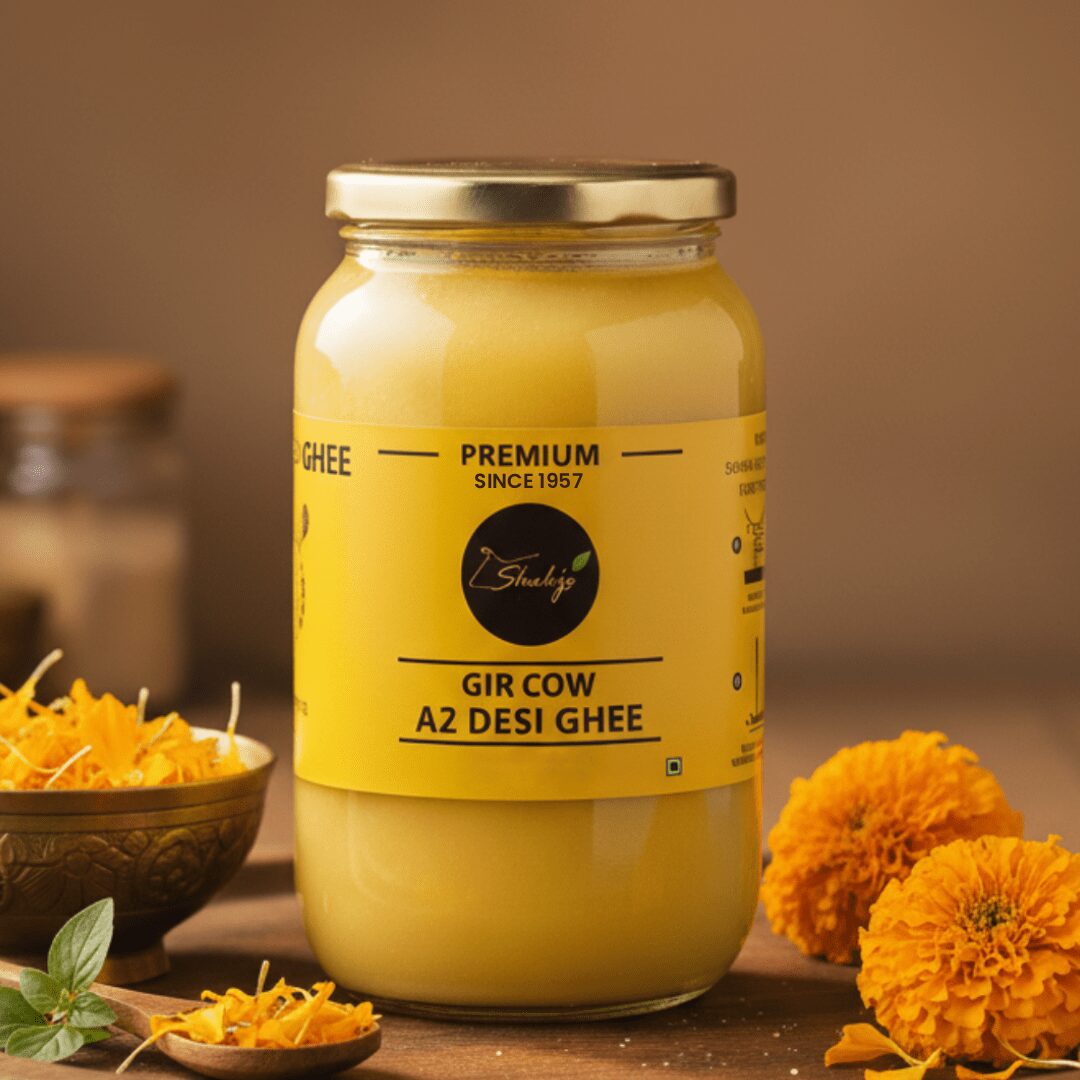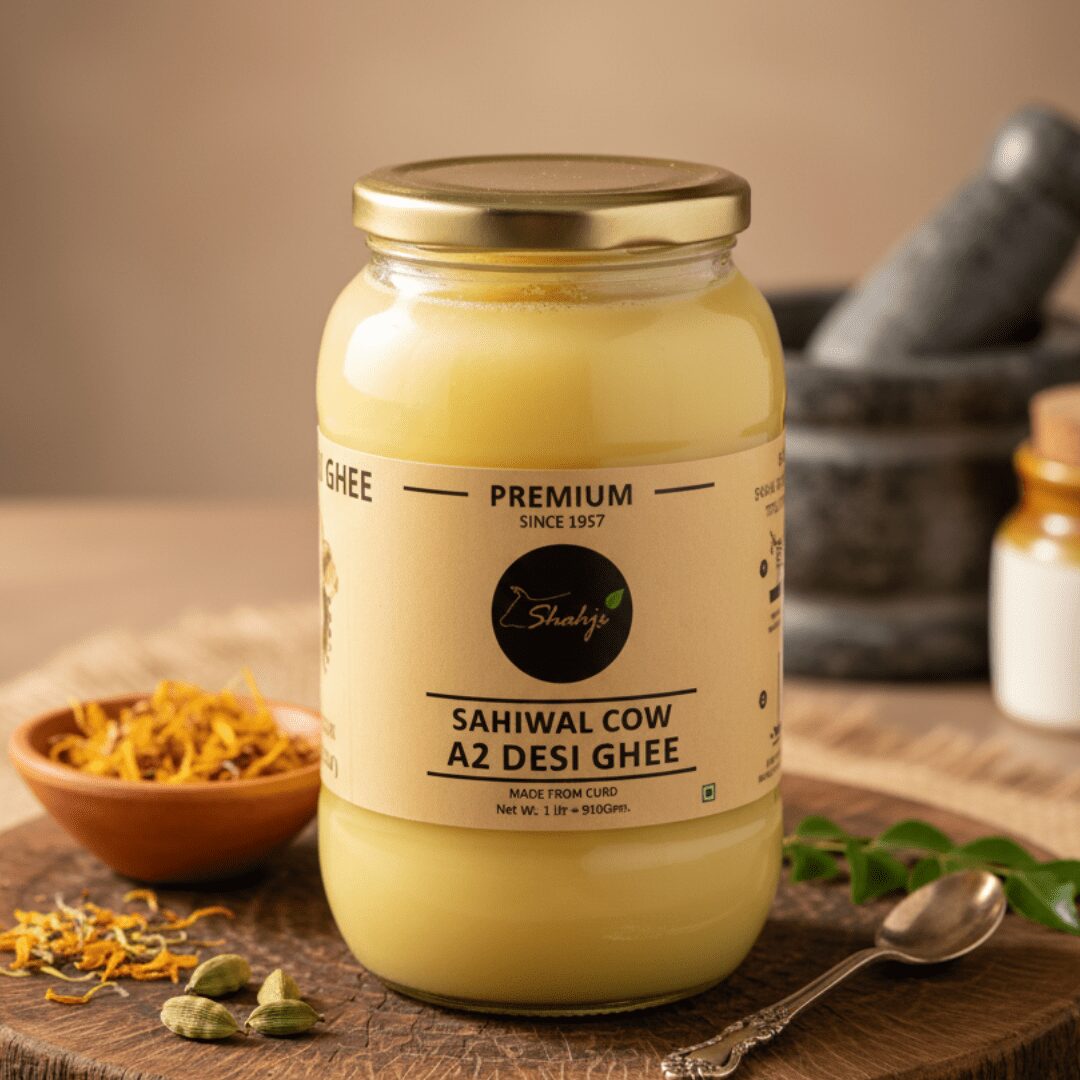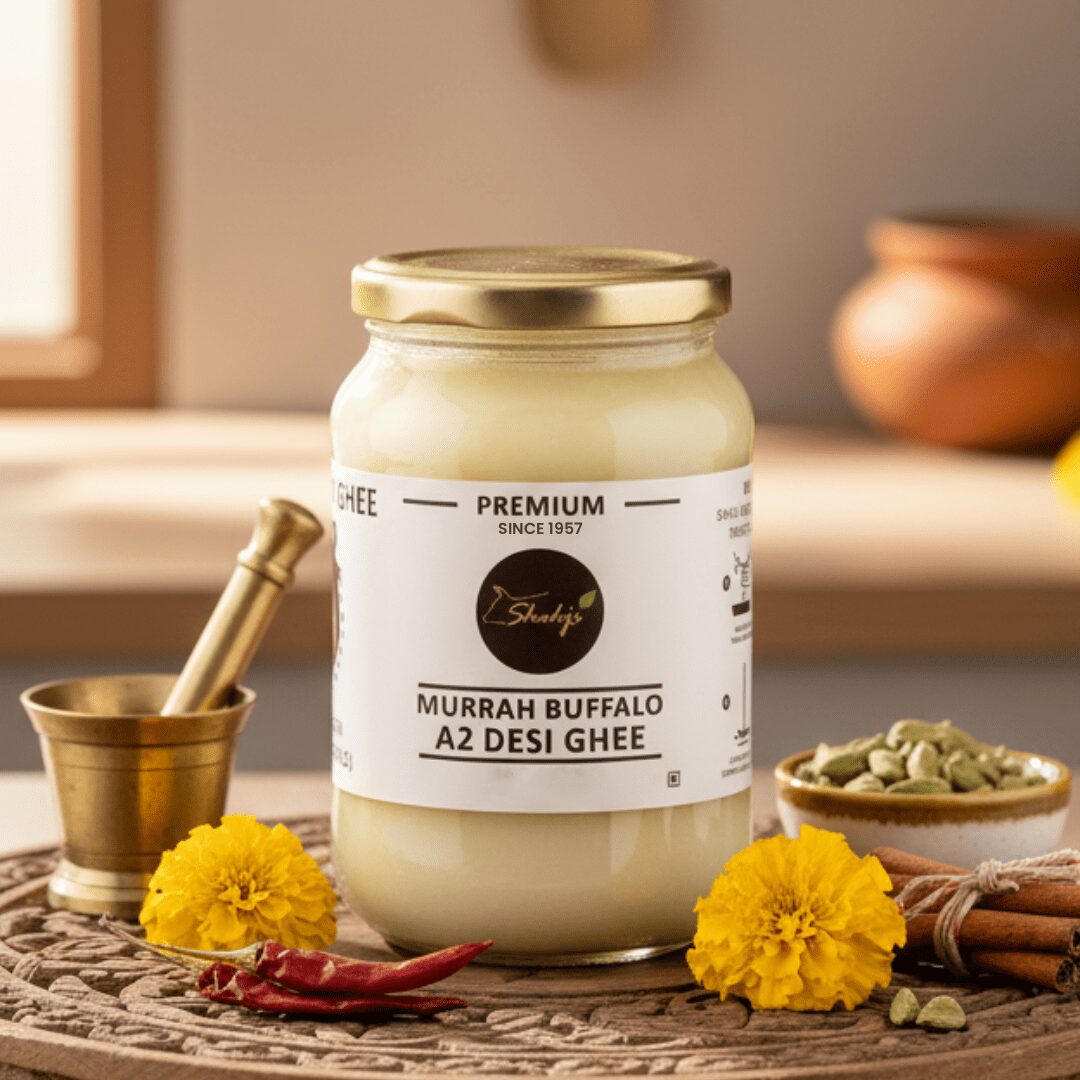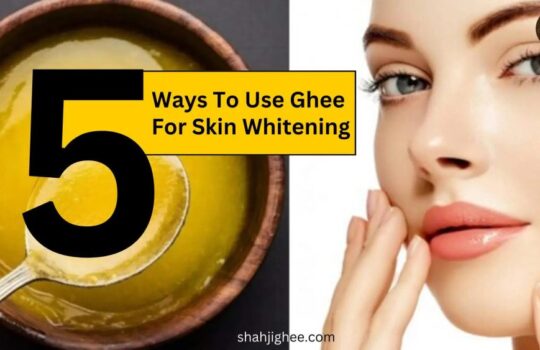Does Ghee Cause Acne? – Shahjighee

Do you use ghee in cooking? If so, you might wonder whether it could cause acne. While there isn’t any scientific evidence to support this claim, many people still think that ghee can cause breakouts.
Why Do People Think That Ghee Causes Acne?
There are two main reasons why people believe that ghee can cause acne. First, ghee contains high amounts of saturated fat. Saturated fats are known to clog pores, which can lead to acne. Second, ghee has been used as an ingredient in beauty products. It’s possible that the chemicals found in beauty products could irritate skin and cause acne.
In fact, some people believe that ghee can be used as a natural remedy for acne. However, there is little evidence to back up this claim. The reason why ghee has been linked to acne is that it contains high levels of saturated fat. Saturated fats are known to clog pores, which can lead to blackheads and pimples.
The truth is, ghee doesn’t cause acne. In fact, it has been used for centuries to treat skin conditions such as eczema and psoriasis. However, if you want to avoid acne, you should be careful about using too much oil in your diet. Oil clogs pores and makes them prone to infection
According to the Mayo Clinic, acne occurs when oil glands become blocked by dead cells. This blockage prevents the oil gland from producing sebum (oil), which normally lubricates the skin. As a result, bacteria multiply and produce toxins that cause inflammation.
The reason why some people believe that ghee causes acne is because of the high amount of saturated fat found in the product. Saturated fats are known to clog pores, which can lead to acne. However, ghee contains less than 1 gram of saturated fat per tablespoon. In fact, it has zero grams of trans fat. Trans fats are linked to increased cholesterol levels, which can contribute to acne.
Really!! Does Ghee Cause Acne?
Many people use ghee as an alternative to other cooking oils because it has a higher smoke point than other fats. It also contains vitamins A and D, which are beneficial for skin health. However, some claim ghee can clog pores and lead to acne.
The word “ghee” comes from the Sanskrit word “ghrita,” which means clarified butter. In India, ghee has been used since ancient times as a cooking oil and as a medicine. Many Indian families keep ghee in their homes because it helps prevent stomach ulcers and other digestive problems. However, some people believe that ghee can cause acne.
The reason why some people believe that ghee causes acne is because of the high amount of saturated fat found in the oil. Saturated fats are known to clog pores and lead to acne. However, ghee contains less than half the amount of saturated fat found in other oils such as coconut oil. In fact, ghee has been shown to be one of the healthiest oils available.
How Can Ghee Be Used as a Treatment for Acne?
Ghee contains high levels of lauric acid, which is known to help reduce inflammation and improve blood flow to the skin. It also contains vitamins A, D, E, and K, which are essential nutrients for healthy skin.
Should You Avoid Ghee?
There isn’t any scientific evidence that supports the idea that ghee causes acne, so it’s safe to continue using it. If you do notice any changes in your skin after consuming ghee, talk with your doctor.
The reason why some people believe that ghee causes acne is because of the high amount of saturated fat found in the product. Saturated fats are known to clog pores and lead to acne. However, ghee contains very little saturated fat compared to other oils. In fact, ghee has less than 1 percent of saturated fat.
How Can Ghee Be Used To Treat Skin Problems?
Ghee has been used for centuries to treat acne, eczema, psoriasis, and other skin disorders. It also helps prevent wrinkles by improving circulation and reducing inflammation.
Why Should You Include Ghee in Your Diet?
Ghee contains vitamins A, D, E, K, B6, and B12, along with minerals such as calcium, magnesium, phosphorus, potassium, sodium, iron, zinc, copper, manganese, iodine, selenium, and chromium. These nutrients help support healthy skin and hair.
Also Read –
- 7 Best Ways to Use Ghee for Eyes
- Is Ghee Good for Health?
- Best Organic A2 Ghee Brands in India
- What Is Bilona Ghee And Its Benefits?
- Best Ghee Home Remedies that Saves Your Life
Is Ghee Really Pure Butter?
Ghee is made by heating milk until it separates into two layers – one solid layer called butterfat and another liquid layer called milk solids. This process removes impurities and makes the butter more digestible. It also gives the butter a rich flavor.
The truth is that ghee is pure butter, which means it contains no milk solids. In fact, it has a higher smoke point than regular butter, making it a healthier choice for cooking. However, if you want to avoid using ghee because you think it causes acne, then you should know that it doesn’t contain any dairy products. That said, some people who suffer from acne find that eating foods high in saturated fats (like coconut oil) can worsen their condition.
A2 Gir Cow Ghee
1 LTR
Best Price: ₹2125 with Coupons

A2 Sahiwal Cow Ghee
1 LTR
Best Price: ₹1619 with Coupons

Murrah Buffalo Ghee
500 ML
Best Price: ₹665 with Coupons













